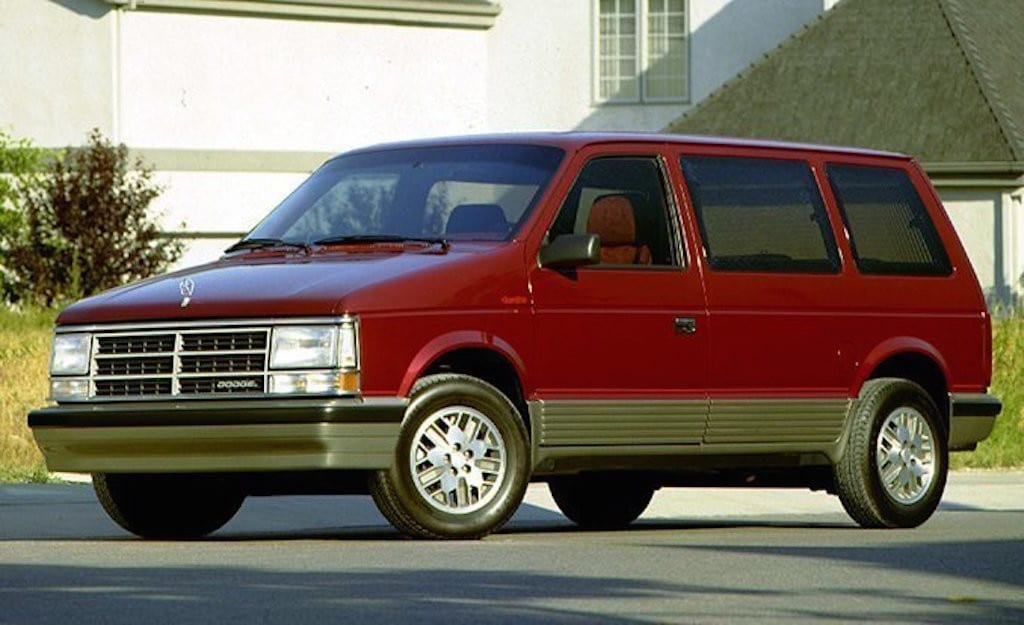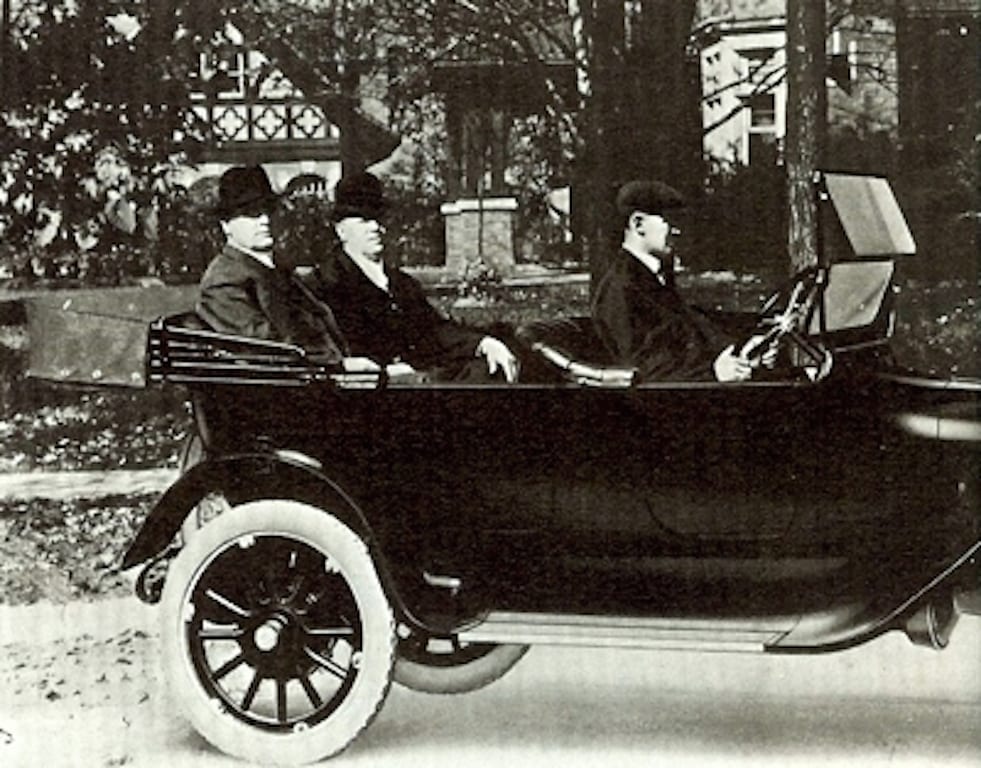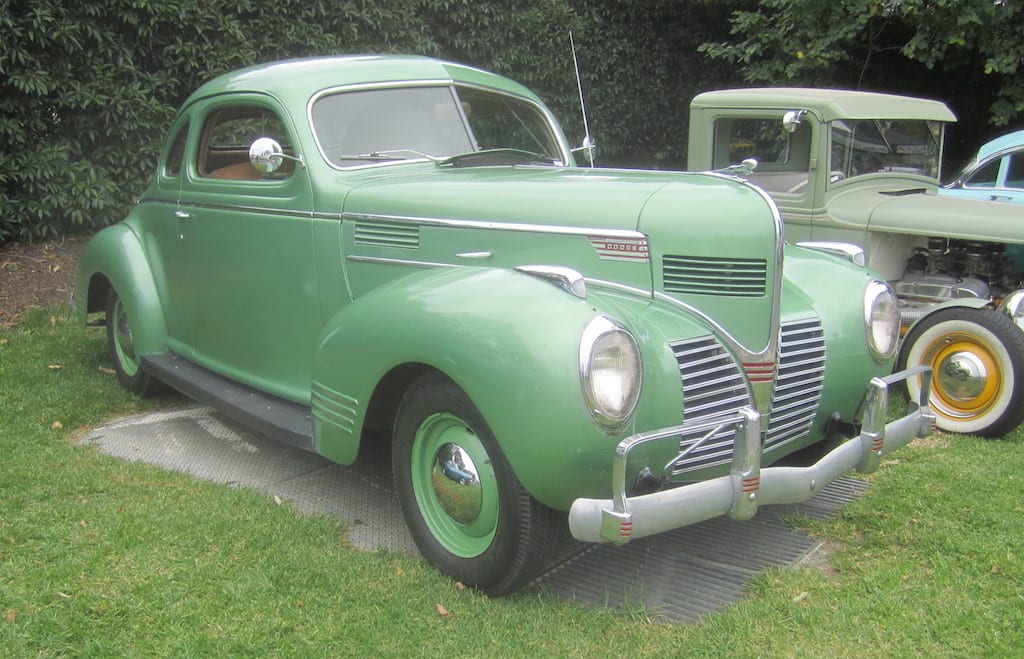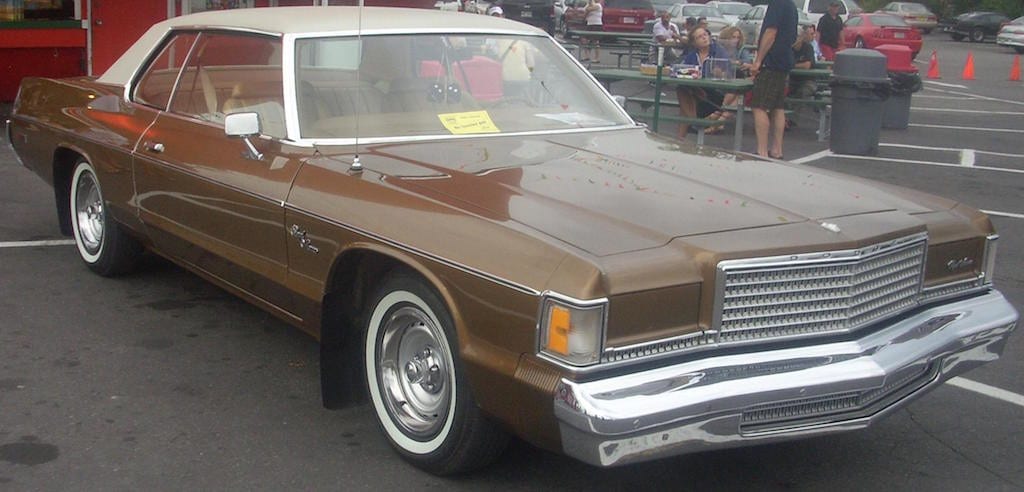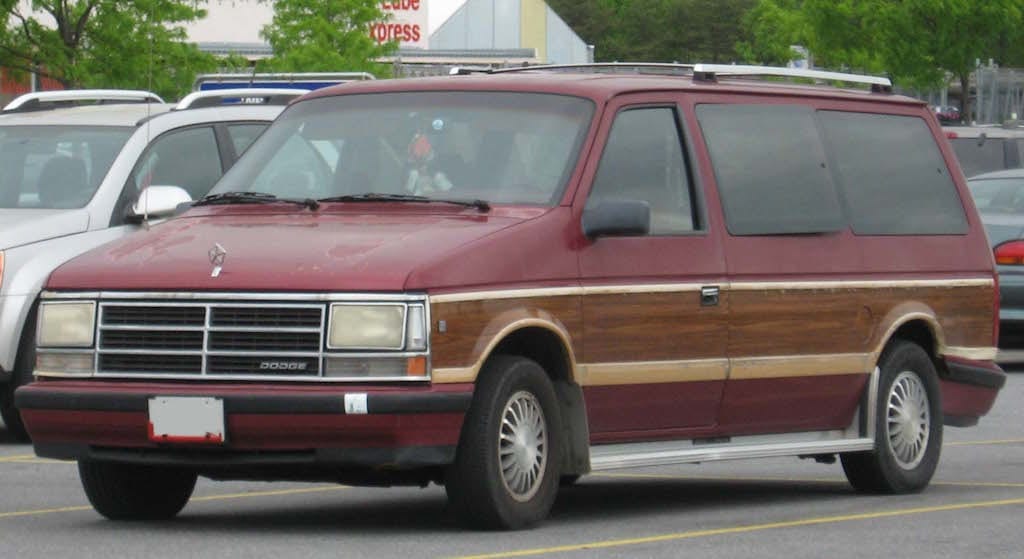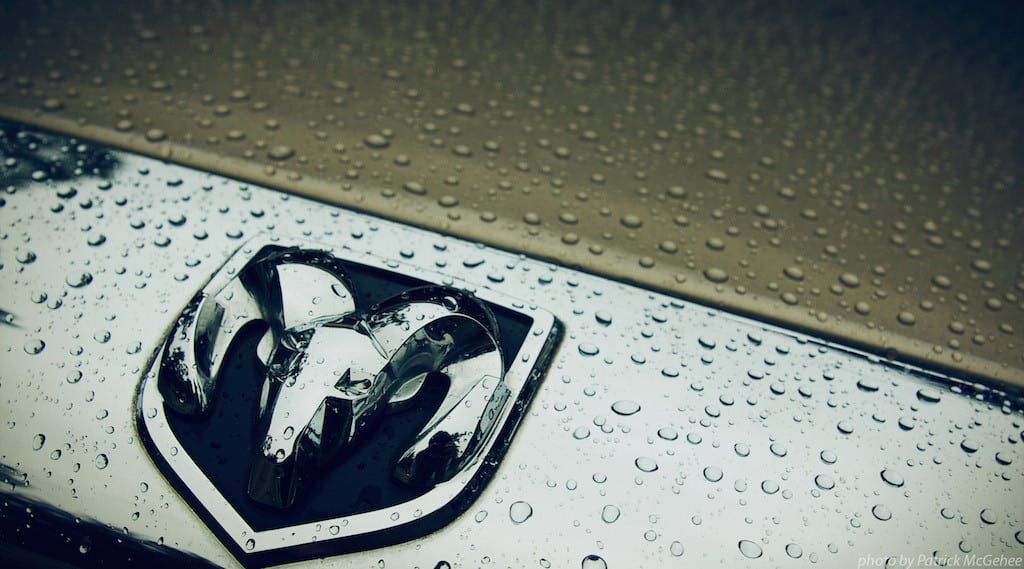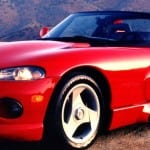Dodge started producing vehicles more than 100 years ago, and the brand seems to be operating better than ever. It hasn’t always been this way for the company, indicated by some of the company’s more iconic moments.
As we celebrate Dodge’s birthday, we decided to look back at some of the most important moments in the company’s history. Before you head out to your local Dodge dealerships in Miami, you may be inspired by the company’s story below. If that’s the case, you may be instead eyeing some of the brand’s older models…
The Founding of the Company
Sure, this is an obvious one, but the founding of the Dodge Brothers Company wasn’t just significant for the company, but the automotive industry as a whole.
Horace and John Dodge started the company in Detroit, Michigan in 1900, and they originally produced engine and chassis components for the various automobile firms in the city (including Olds Motor Vehicle Company and Ford Motor Company). Soon, Horace had created his own four-cylinder Dodge Model 30, which was said to be a more upscale version of the rival Ford model T. “Special” features included an all-steel body (which was different than the standard wood-under-steel panel framings typically used in car production), a 12-volt electrical system (a step up from the typical six-volt system), 35 horsepower (an improvement over the Model T’s 20 horsepower), and sliding-gear transmission (an improvement on the less effective and innovative transmissions used by other vehicles).
The public soon started catching on to these innovative vehicles, and Dodge soon became the second-best selling car manufacturer in the United States. When Henry Ford stopped paying stock dividends on the construction of his River Rouge factory, the Dodge brothers filed suit as they attempted to protect their annual stock earnings. Ford was eventually forced to buy out his shares, resulting in a $25 million payday for the brothers.
The company also gained recognition during the Mexican revolution, when three Dodge Model 30s (along with 12 soldiers), raided a ranch house that supposedly held subordinate Julio Cárdenas. Three people died during the battle (including Cárdenas), with the bodies being tied to the hoods of the cars. The vehicles were given credit for their role during the fight.
Pre-World War II
After having dropped to seventh-place in sales among car manufacturers, Dodge jumped up to fourth on the list with some shrewd moves following World War II.
The company decided to trim down their selection, reducing their three-line, 19-model offerings to two lines and 13 models. With prices in the middle of the market (Dodge was surely more expensive than DeSoto and a bit less than the “top-of-the-line” Chrysler brand), Dodge slowly started revamping their cars. It started with the inclusion of the eight-cylinder line (replacing the Senior six-cylinder), and the vehicles were “streamlined and lengthened” as Dodge looked to keep up with their competitors.
As the “Wind Stream” craze took over the automotive industry in the 1930s, Dodge again changed up their design. While other companies attempt to build off this popularity failed (Chrysler and DeSoto’s attempts to add an Airflow styling ultimately ended up being a dud), Dodge’s ability to cater to their audience’s desires resulted in booming sales. Improved safety standards also helped the company’s popularity.
The final pre-war change came with the 25th-anniversary 1939 models (otherwise known as the Luxury Liner series). Three new bodies were released between 1940 and 1942, and there may have been more if not for the Japanese bombing of Pearl Harbor. At that point, the company was forced to shut out production on passenger cars and focus on war production.
1973 Oil Crisis
The oil embargo in 1973 meant the price of oil was exploding in the United States, with the price of oil barrels rising from $3 to $12. As car buyers continued to focus on fuel efficiency, many of Dodge’s cars experienced declining sales. The Colt and Slant Six, two of the company’s more fuel conscious vehicles, were the two car that predictably saw no change (or even a slight increase) in sales. Still, this change in customers’ priorities still had a negative impact on the brand, especially since their financial restraints meant they could do little to remedy the problem.
The company managed to push the Omni subcompact into the market relatively quickly, giving the brand another fuel efficient option. They also increased the number of models they imported from Mitsubishi (thus strengthening the relation between the two sides): the Colt (based on the Lancer) and a new Mitsubishi Challenger.
The brand’s bigger vehicles were soon replaced, with the Aspen and the Diplomat soon hitting car lots. These cars received positive marks for their handling, luxury, and styling, further improving Dodge’s outlook. The company’s lone remaining “big” vehicle, the Monaco, was eventually replaced by the St. Regis in 1979.
Despite this innovative tactic, Dodge was still struggling financially, and chairman Lee Iacocca requested and received federal loan guarantees from the United States Congress in 1979, all in an attempt to avoid the company from filing bankruptcy.
The Release of the Dodge Caravan
The Dodge Caravan not only proved to be one of the most successful vehicles in the brand’s history (there are stories that the Caravan reestablished Chrysler as a “high-volume American automaker”), but it also helped initiate the creation and popularity of a vehicle model that still exists today. Yes, you know that I’m referring to the minivan, and there’s no denying that the Dodge Caravan was a big reason why minivans even exist.
Finally introduced alongside the Plymouth Voyager in November of 1983, the vehicle had actually been in development since 1974, when the prototype was rejected by former Ford CEO Henry Ford II. Lee Iacocca and Hal Sperlich, the duo who had originally came up with the idea, took their idea to Chrysler, where they designed the T-115 minivan prototype. Beating out the release of the Renault Espace in 1974, the Caravan is considered the first vehicle of it’s kind.
Originally using the company’s S platform in a trio of trim levels (base, mainstream SE, and LE), the vans came with three rows of seating and enough room for seven occupants. The adjustable seating led to a number of different combinations, including a five-person seating area that could accommodate significantly more cargo room. Some of the notable safety features included a three-point seat belt and side-impact reinforcements, but airbags and antilock brakes were not available.
A duo of inline-4, 2-barrel carburetor engines were initially offered with the Caravan, including a base 2.2-liter engine that could produce 96 horsepower. The higher-performance Mitsubishi 2.6-liter engine could produce even more power, topping out at 104 horsepower. There were also two transmission available, the three-speed TorqueFlite automatic transmission and a five-speed manual transmission.
Dodge has certainly gone through a lot in their 100-plus year history, and we barely touched the surface in our summary above. There were some ups (like Horace’s creation of the Dodge Model 30 and the creation of the Dodge Caravan) and downs (like struggling sales and the 1973 Oil Crisis), but Dodge consistently did what was best for the company. That’s probably a big reason why they’re still around today.
